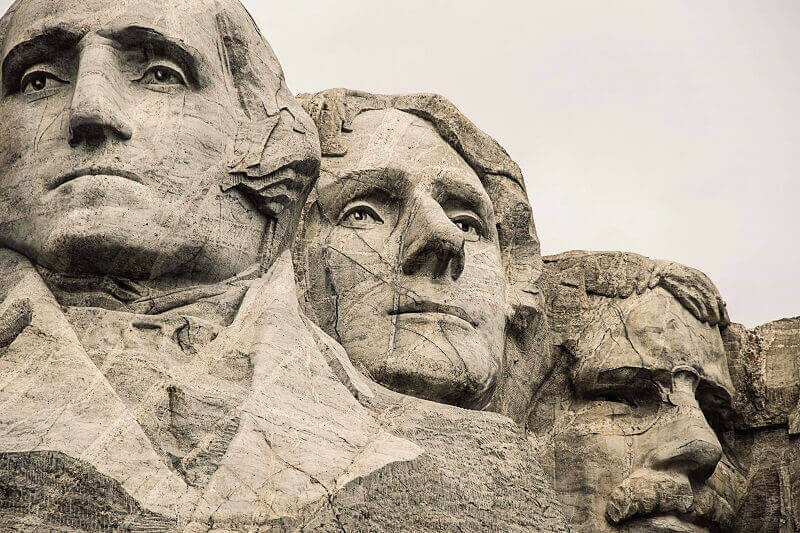Embarking on a journey to explore ancient ruins is akin to stepping back in time, allowing travelers to immerse themselves in the rich tapestry of human history. From majestic pyramids and awe-inspiring temples to crumbling castles and forgotten cities, ancient ruins offer a glimpse into the lives, cultures, and civilizations of bygone eras. As travelers wander through these ancient sites, they can marvel at the architectural wonders and artistic achievements of our ancestors, ponder the mysteries of the past, and gain a deeper appreciation for the interconnectedness of human civilization across time and space. Whether you’re exploring the ruins of Machu Picchu in Peru, the Colosseum in Rome, or the Great Wall of China, each site tells a unique story and invites visitors to embark on a journey of discovery and exploration.
Uncovering Lost Civilizations
One of the most fascinating aspects of exploring ancient ruins is the opportunity to uncover lost civilizations and unravel the mysteries of their rise and fall. Archaeological excavations reveal clues about the daily lives, customs, and beliefs of ancient peoples, shedding light on their achievements, challenges, and contributions to human history. Whether it’s deciphering hieroglyphs in Egypt, piecing together pottery shards in Greece, or studying ancient manuscripts in Mesopotamia, archaeologists and historians work tirelessly to piece together the puzzle of the past and uncover the secrets of lost civilizations.
Marveling at Architectural Marvels
Ancient ruins are also renowned for their architectural marvels, showcasing the ingenuity, craftsmanship, and artistic prowess of ancient builders and engineers. From the precision-cut stones of the Pyramids of Giza to the intricate carvings of Angkor Wat, these architectural wonders stand as testaments to human creativity and innovation. As travelers explore these ancient structures, they can’t help but marvel at the engineering feats and artistic achievements of their creators, marveling at the mastery of ancient builders who erected these monumental edifices without the aid of modern technology.
Reflecting on the Passage of Time
Exploring ancient ruins invites visitors to reflect on the passage of time and the impermanence of human civilization. Standing amidst the crumbling walls and weathered stones of ancient cities, travelers are reminded of the transience of life and the ebb and flow of history. The ruins serve as silent witnesses to the rise and fall of empires, the triumphs and tragedies of humanity, and the inexorable march of time itself. This sense of perspective encourages travelers to contemplate their place in the grand sweep of history and appreciate the fleeting nature of existence.
Preserving Cultural Heritage
Preserving ancient ruins is not only essential for understanding and appreciating our shared cultural heritage but also for ensuring that future generations can continue to learn from and be inspired by the achievements of their ancestors. By protecting and conserving these archaeological sites, we can safeguard the legacy of past civilizations and pass it on to future generations. However, preserving ancient ruins requires a concerted effort from governments, archaeologists, conservationists, and local communities to protect them from threats such as looting, vandalism, and environmental degradation.
In conclusion, exploring ancient ruins is a transformative experience that allows travelers to embark on a journey through time and immerse themselves in the rich tapestry of human history. Whether uncovering lost civilizations, marveling at architectural marvels, reflecting on the passage of time, or preserving cultural heritage, ancient ruins offer valuable insights into the lives, cultures, and civilizations of bygone eras. By preserving and protecting these archaeological sites, we can ensure that future generations can continue to explore and learn from the wonders of the past, connecting us to our shared human heritage and inspiring us to appreciate the beauty and complexity of the world around us.
